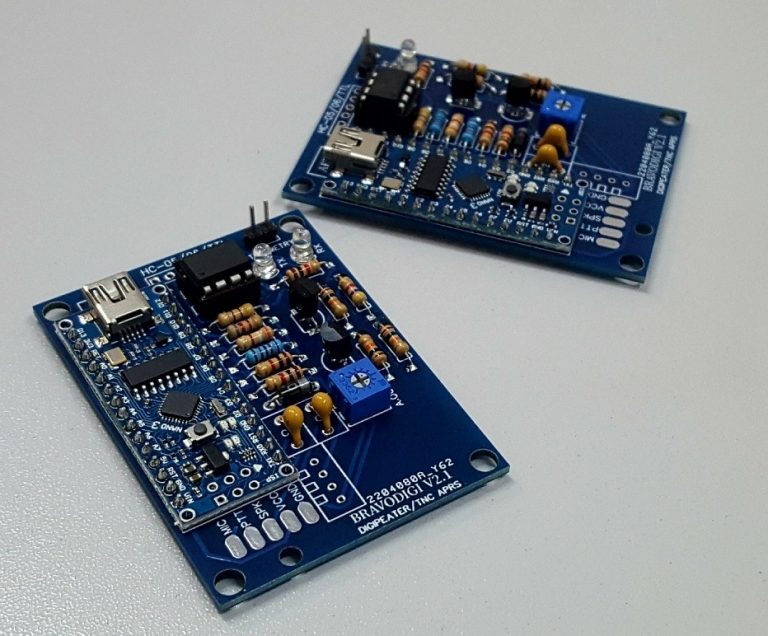

These types of frames are sent by a wireless client device when it looks for the presence of pre-configured wireless networks.Ĭonfiguring the Beacon Period section of Configuring Radio Settings.What is a WiFi beacon interval? A beacon frame is one of the management frames in IEEE 802.11 based WLANs. Sometimes “Probe Request” does contain the name of the WiFi network. These types of frames are used by client to discover any WiFi network present in the proximity of the client. When no network name is present in “Probe Request” frame, it is known as Null Probe. Probe Requests may or may not contain the wireless network name. The process of discovering wireless network by sending probes is called active scanning or active discovery. These frames are very similar to Beacon frames and also contain the wireless network name. APs in the radio range of client listen to these request frames and respond thorugh “Probe Response” frames.
These frames are called “Probe Requests”. Sometimes, wireless client devices send request frames to know the presence of a WiFi network.

This is known as passive network scanning or discovery. All clients in the proximity of an AP listen to these periodic advertisements and know the presence of a WiFi network. SSID is at most 32 characters string advertised in beacon frames which are periodically transmitted by APs. (Optional) Save your entries in the configuration file.Īll WiFi networks are identified by a network name also known as Service Set Identifier or SSID. The 2.4-GHz radio is radio 0, and the 5-GHz radio is radio 1. Beginning in privileged EXEC mode, follow these steps to configure the beacon period and the DTIM:Įnter interface configuration mode for the radio interface. The default beacon period is 100, and the default DTIM is 2. The DTIM tells power-save client devices that a packet is waiting for them.įor example, if the beacon period is set at 100, its default setting, and the data beacon rate is set at 2, its default setting, then the access point sends a beacon containing a DTIM every 200 Kµsecs. The Data Beacon Rate, always a multiple of the beacon period, determines how often the beacon contains a delivery traffic indication message (DTIM). The beacon period is the amount of time between access point beacons in Kilomicroseconds. Beacon interval is a configurable parameter on Cisco APs, but changing this value is not recommended without careful consideration.Ī misconfigured beacon can cause a client to not associate with the AP. The beacon interval is measured in Time Units (TUs), where each TU equals 1024 microseconds, so the default period between beacons is approximately 100 milliseconds. The time interval between two consecutive beacon frames is called the beacon interval. The purpose of beacon frames is to advertise the presence of an AP in an area, its capabilities, and some configuration and security information to the client devices.
#Intervalo beacon how to
The significance of beacon frames and how to configure the beacon interval on Access PointsĪccording to the IEEE 802.11 standard, every compliant Access Point (AP) periodically sends out management frames called beacon frames.


 0 kommentar(er)
0 kommentar(er)
